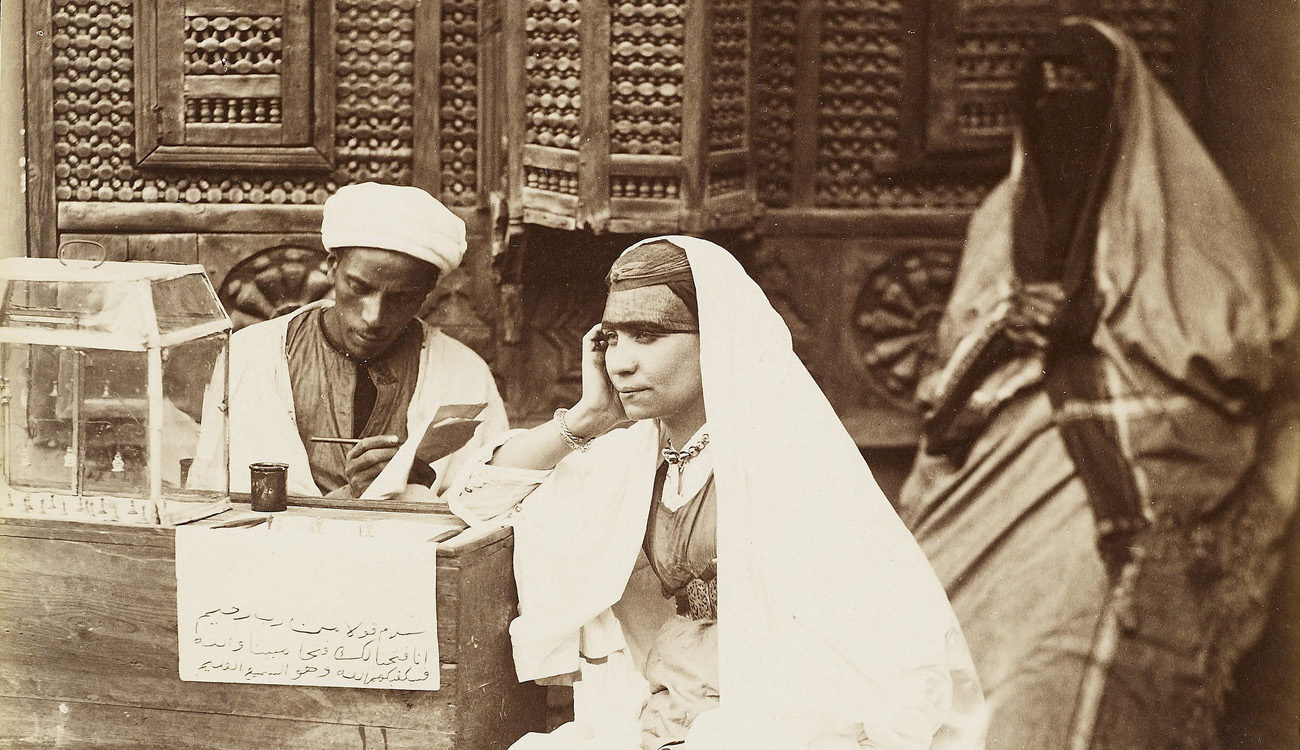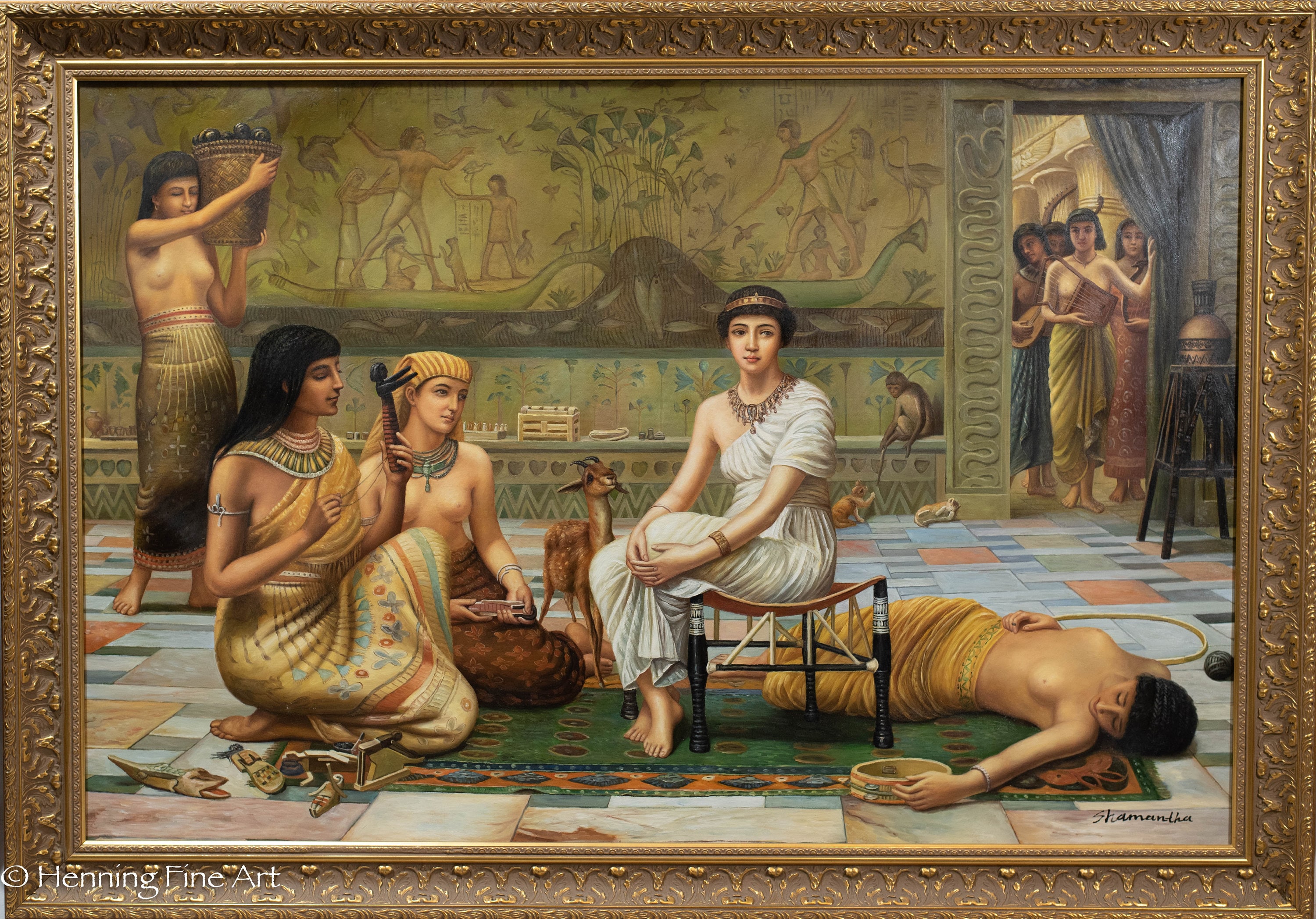At the top of that female pyramid of power was the queen herself. She was the chief wife of the pharaoh and the mother of the crown prince, and as a companion to the king, she was considered a goddess.
Both, the pharaoh and she, embodied the masculine principle and the feminine principle that guaranteed the existence of order or Maat, an essential concept of the Egyptian worldview that represented harmony, the cosmic balance that prevailed in the world since its origin.

And in order to maintain the masculine-feminine duality, the main wife had to accompany the monarch during the ceremonies.
Of course, she always occupied a secondary level with respect to him. And sometimes the position of Great Royal Wife was held by more than one woman at the same time.
For Miriam Bueno, art historian and doctoral student in Egyptian art, the term ‘harem’ is not suitable to describe this type of institution in ancient Egypt:
“The oldest term interpreted as “harem” is that of “ipt”, found from the 1st Dynasty, and referring to a group of women and children (who were educated there) who belonged to the court but lived in separate rooms or buildings

In the New Kingdom the term appears as “ipt nsw” and is interpreted by some as a place of residence for queens and royal children and by others as an institution of some accounting or economic nature, but not as a (harem).”
The next most important woman was the king’s mother, who held the title of “met neswet” and did not necessarily have to have been the Great Royal Wife of the previous pharaoh.
She was followed by secondary wives, whose title was “hemet neswet”.
Given the great competition, it was not surprising that great rivalries were created between the pharaoh’s wives in their struggle to seat their respective sons on the throne, which often gave rise to conspiracies.

A clear hierarchy
Since the royal family was divided into different “Jeneret Houses” in different parts of Egypt, it is very possible that only his mother, the queen and their children lived in the harem of the palace where the king resided.
That would be the reason why so many secondary wives only saw the pharaoh on rare occasions and some even never met him.
One step below secondary wives were the king’s daughters (sat neswet), who could continue to live in the harem whether they remained single or married into their family or a high official.

They enjoyed quite a few privileges; among them, having a personal retinue, having their own tomb and inheriting some positions and titles from their mothers.
A little further down, the pharaoh’s sisters (senet neswet) and their aunts shared space, and then those known as Royal Ornaments (jekeret neswet), about which there are certain discrepancies.
Ultimately, those who occupied the base of the pyramid were the Beauties of the Palace (nefrwet), the Beloved of the King (nerwet neswet).
These women were in charge of singing and musical performances, performed both to entertain the pharaoh and for religious ceremonies.





